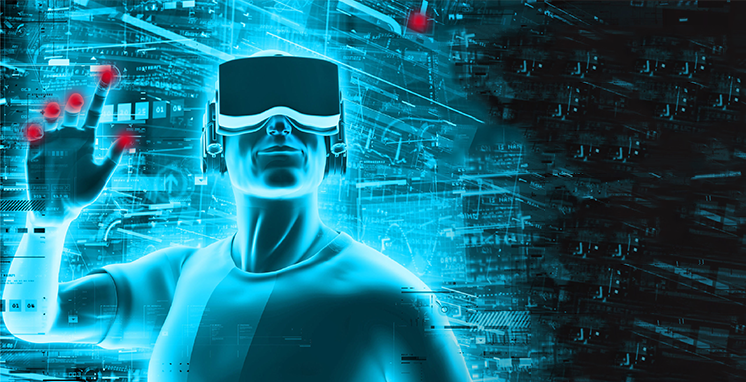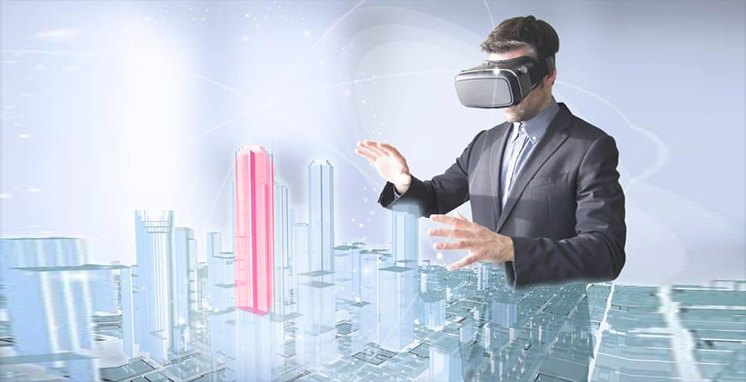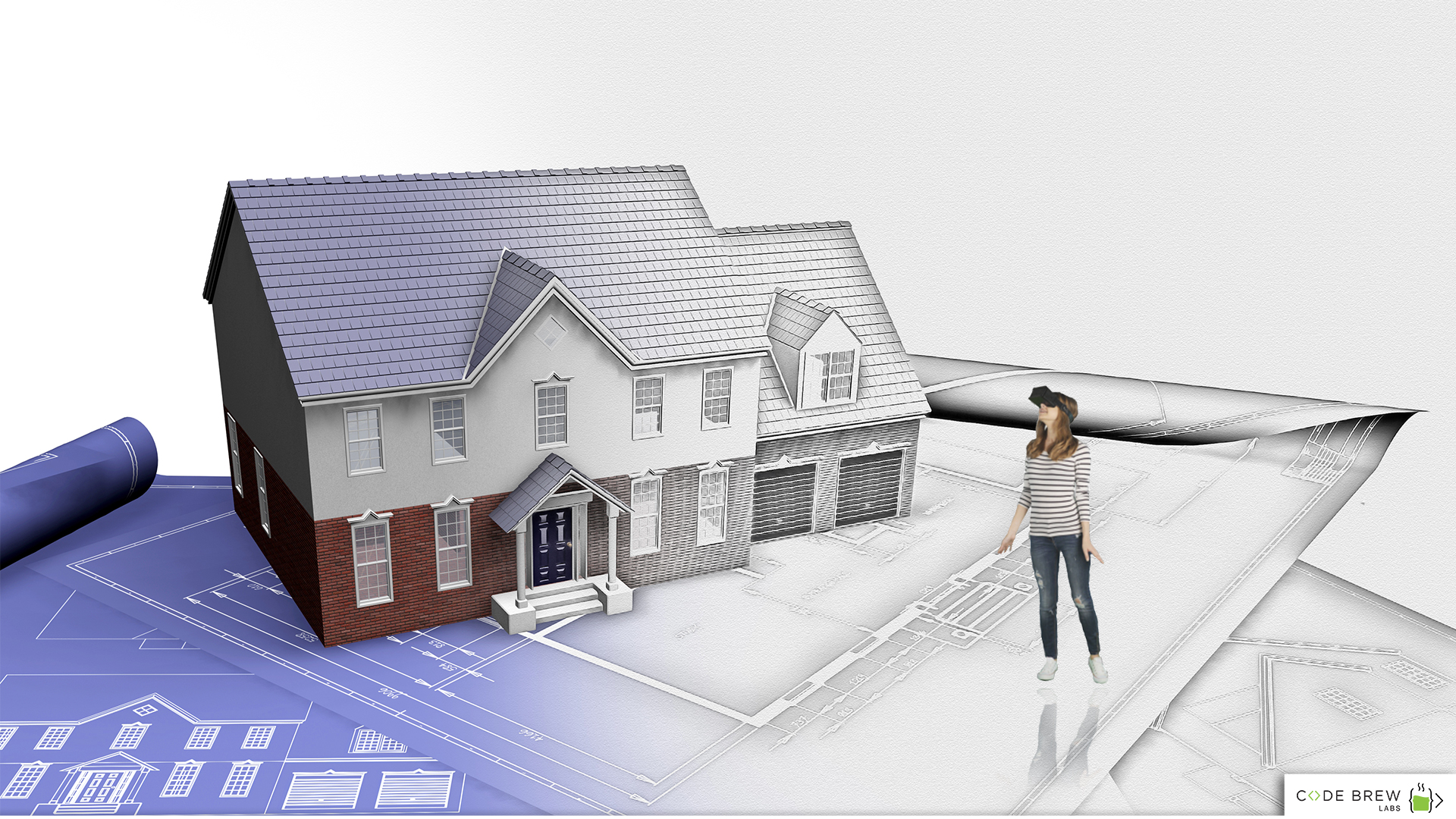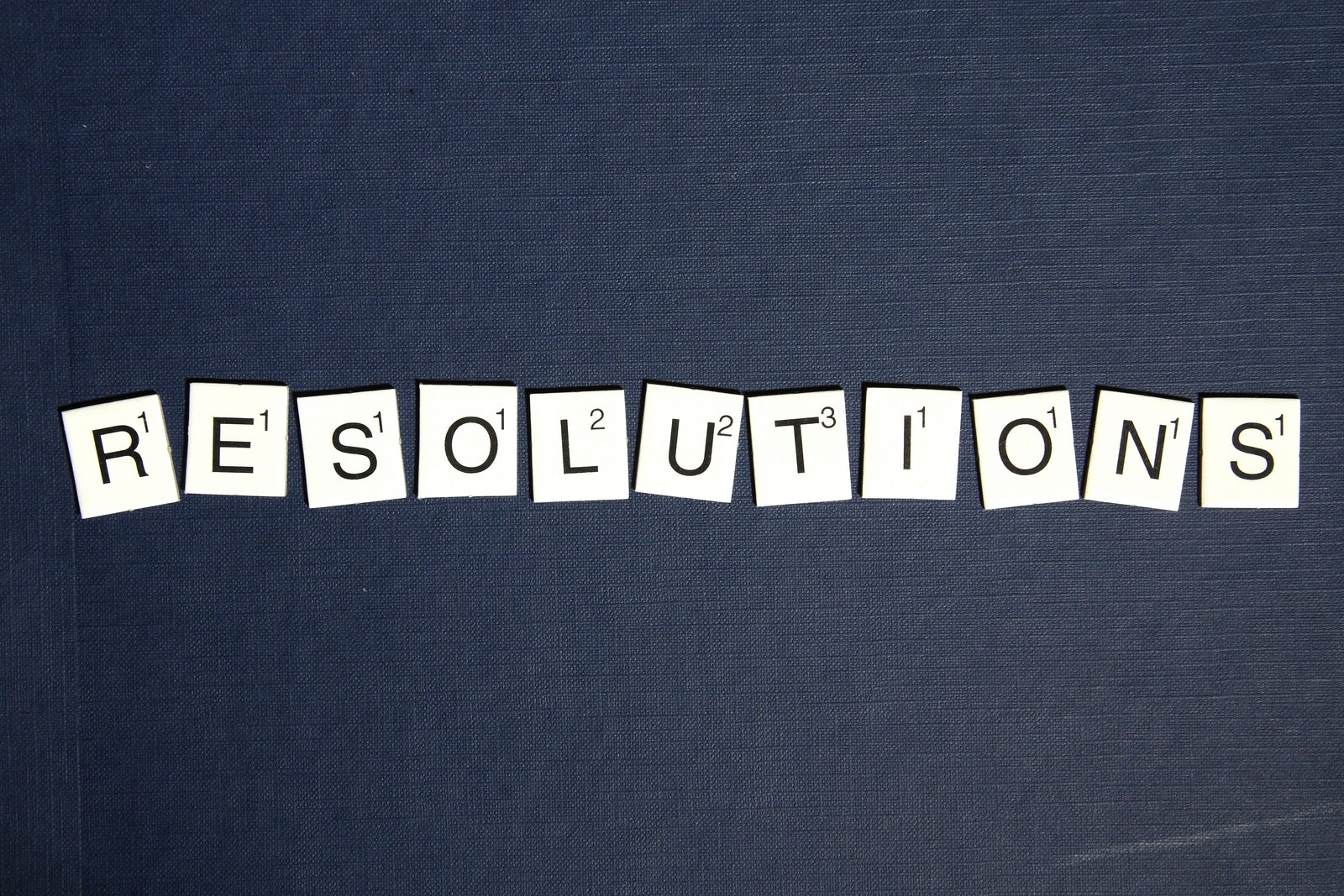Not very long ago, science fiction authors would write about devices that could connect different people in the world, people could make transactions through some kind of smart gadgets and robots that could outsmart humans in many ways. While the robot generation is still in research and development, technology has brought other aspects of the fiction world to reality in an unusually pleasant way. The concept of Augmented Reality and Virtual Reality, collectively known as Mixed Reality have lead to a revolution of its own kind that is breaking boundaries in industries like gaming, tourism, beauty and now construction. The use of technology in construction firms can be considered minimal until one learns about the endless benefits of AR and VR tools in the same.

Architectural projects are benefited the most through 3D modelling tools that work in Virtual Reality. Popularly known as Building Information Modelling (BIM), the VR based system helps to manage construction projects efficiently. Right from the first stage of conceptualization till the end of it, all the team members stay connected and informed throughout the scope of project. As a result, construction firms are able to optimize business costs with better efficiencies. Companies are already investing hugely in AR/VR market which is expected to reach 215 Billion Dollars by 2021. That being said, construction firms are also participating in the bandwagon at a fast pace. Innovate UK consortium has already invested 1.3 Million Dollars in development of an AR tool called Augmented Worker System. The AR tools is aimed to increase the efficiency of construction workers using smart helmets and AR Apps.
Augmented Reality and Virtual Reality can lead us to the future of more sustainable buildings. Here, in this blog, we will look at different ways in which these advanced technologies are contributing to the construction industry.
Detecting Design Coordination Errors
AR and VR Apps or tools can prove to be quite useful to detect design coordination errors which is a real struggle faced by construction managers. Client demands have been increasing from the past few years and they prefer modern buildings with more complex designs. Considering all the risks involved, interactive VR solutions like VR Apps can help in overcoming this challenge as they let you inhabit the design and move around it to understand what all is wrong. Additionally, you can also utilize AR Apps that help you view the design in 3D with the help of AR glasses. That being said, we can always rely on these tools for better understanding of designs which will save time and enhance productivity of the construction site teams.

Innovating BIM Visualization
Applications of Augmented Reality in construction are multitudinous and are yet being explored. However, it has helped in creating suitable data visualization platforms that do not require specific hardwares to function. To be precise, BIM is a method data visualization to manage and coordinate the information better for the construction buildings. With the help of BIM platforms, construction managers can analyze data of their infrastructure projects to make better decisions with improved reliability, reduced downtime, enhanced quality and better efficiency. When Kylie Mallinger, Direct of Marketing, Zco Corporation, spoke to Peter Marchese, Senior Technical Evangelist of Microdesk, about importance of AR in innovating BIM softwares, here is what he had to say,
Improving Safety And Training
Aircraft personnel is trained using flight simulators over the past few decades. Before actually entering into the thrilling environment, they are given training to hone their skills using technology that has no safety risks. Implementing the same to train the construction workers can lead to safer work environments and better site monitoring. As a matter of fact, construction industry is one of top industries to record work related casualties and fatal injuries. This implies that current training processes are not effective enough to make construction sites safer. When given the theoretical information about certain scenarios, it becomes difficult to understand the real-time effects. Thus, VR Apps and other softwares can help to train the workers by putting them in a realistic environment. It is similar to the disaster management mock drills we used to go through in schools, only that technology plays the main role here.
Seeing Through The Walls
Smart helmets let the construction workers access the multi-layered construction site information at any given time. The helmets display BIM in the specific vision area of the helmet and you can peel layers while walking across the site. The AR based smart helmets use three different cameras to understand user’s location, sense the depth of surrounding objects and to map heat readings respectively. Sounds interesting but it has its own risks which is why developers are still skeptical about its usage on real sites.
Managing Projects Efficiently
Managing construction projects is the most challenging part in itself. Before beginning the construction, owners and contractors expect 3D walkthroughs to avoid any unpleasant surprises once the project starts. This can be resolved with the help of design visualization. However, the scope of project might differ in later stages which can lead to some complexities and delays. Such scenarios can be handled remotely with VR Apps that help the project manager to understand the problem and provide an immediate solution without having to be present at the construction site location. Again, smart VR/AR headsets come to the rescue, thus increasing productivity and decreasing downtime.

Optimizing Business Costs
It can be reckoned from the above mentioned pointers that construction costs can be optimized largely with the help of AR and VR Apps. First, the unnecessary traveling to multiple construction sites is decreased because of the VR headsets and AR helmets that let the managers and other workers to access project details anytime and anywhere. Supervision becomes easier with Mixed Reality softwares and construction firms can cut on administrative costs to a great extent.
Second, the workers are able to predict the usage of construction material in a better way. With better understanding of projects through visualization, workers use materials in a planned manner. Therefore, there is lesser wastage of material meaning less business costs and more profits. Moreover, it also helps in efficient reworking, that is often done to mend some wrong overlays in the architecture. Construction process, with Augmented Reality and Virtual Reality, becomes better at every stage and even the slightest of efficiency saves huge costs.
Conclusion
AR and VR construction technology is taking the construction space by storm and in no time we will come across the eerie things that science fiction books and movies told us about when we were kids. Staying ahead of your competitors is an ongoing process and to make sure that you are succeeding, you need to keep up with the latest. Thus, construction firms cannot afford to miss the chance of adopting AR and VR Apps and softwares.






